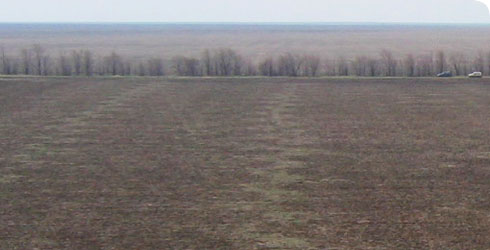Conservation

Female great bustard on Salisbury Plain in 2009 with one of the first British chicks to be hatched in over 175 years © David Kjaer
Conservation status
The great bustard is classed by the International Union for Conservation of Nature (IUCN) as globally vulnerable, due to rapid population declines across most of its range.
The global population is estimated as 45,000, occupying a breeding range of approximately 2.35 million km2.
Conservation measures
Great bustard conservation is a major challenge, as its requirement for large land areas managed at low intensity conflicts with modern economic agricultural priorities. However, in the long term, populations will only survive if such low intensity expanses are maintained.
This might be achieved in east Asia as new protected areas are established, and in Europe through EU agricultural policies that encourage zoning.
Reintroduction in the UK
A unique conservation attempt is underway in southern England to reintroduce the great bustard into part of its former range.
Since 2004, the Great Bustard Group has been carefully releasing young bustards onto Salisbury Plain, Wiltshire, with the aim of establishing a self-sustaining population of great bustards in part of their former UK heartlands.
The young birds are imported from the Saratov region of Russia, where they are hand-reared at a field station from eggs salvaged from nests otherwise destroyed by agriculture.
The released young bustards formed droves quite early on, but the birds needed to mature before successful breeding could occur. Progress is slow, but steady:
- males were seen displaying in 2007
- females nested in 2007 and 2008, but as the males weren’t fully mature, the eggs were infertile
- in 2009, 2 females successfully hatched 3 chicks, each eventually fledging one
- 4 chicks were hatched in 2010
It is likely to be many years before the project’s aim is achieved.
Threats
Great bustards are especially threatened by habitat loss and fragmentation, due to spreading agricultural intensification. There is concern that land privatisation in eastern Europe may accelerate rates of intensification in core population areas.
The bird’s habitat is disappearing due to:
- ploughing grasslands
- intensive grazing
- afforestation
- irrigation development
- installation of roads, power-lines, fencing and ditches
Additional contributions to high mortality in eggs and chicks include:
- increased mechanisation
- use of chemical fertilisers and pesticides
- fire
Adults are also threatened by hunting and collision with overhead power cables in some key areas.
